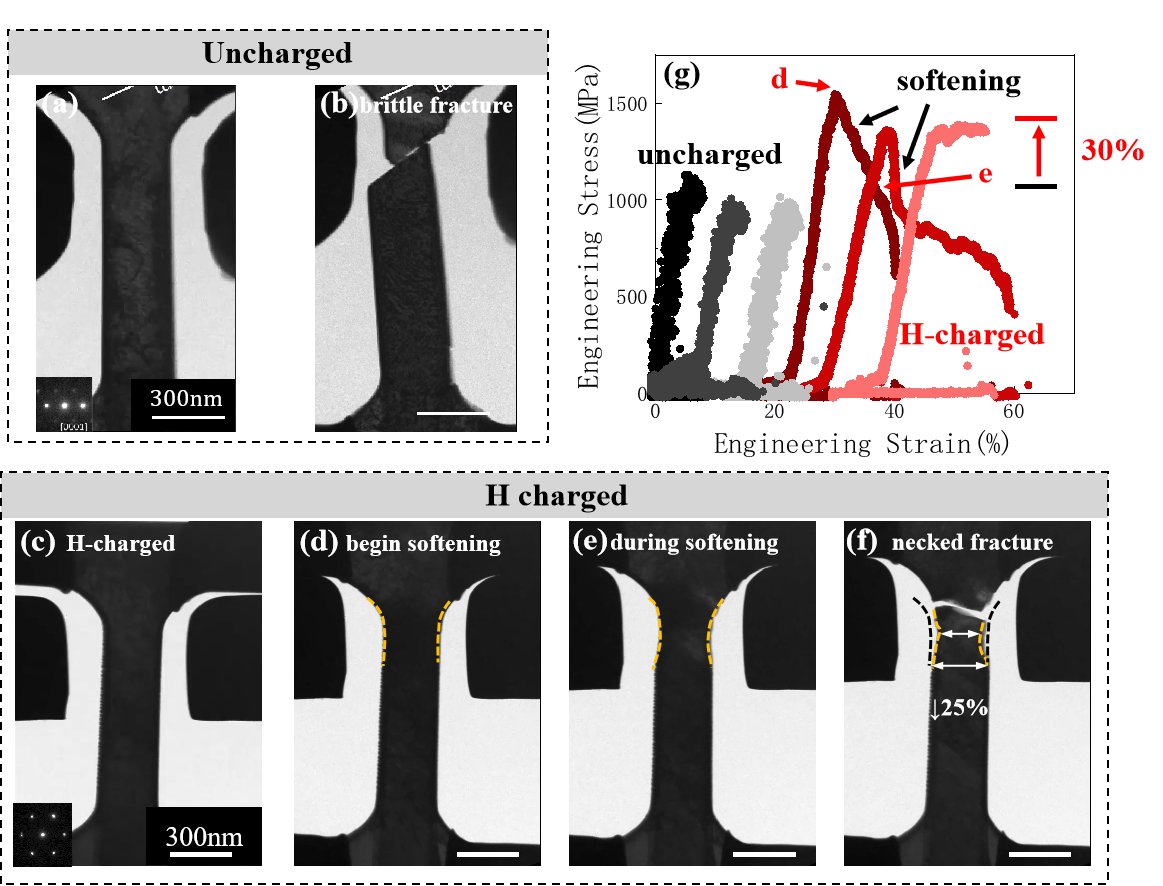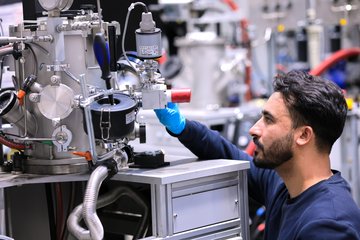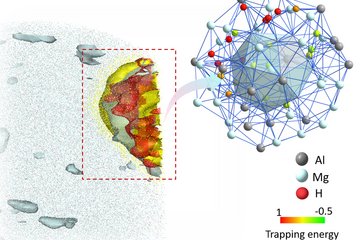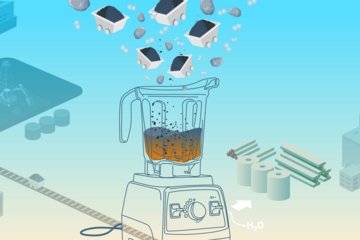Hydrogen-induced plasticity in titanium: In situ electron microscopy and nanoindentation testing
Titanium and its alloys are widely used in critical applications due to their low density, high specific strength, and excellent corrosion resistance, but their poor plasticity at room temperature limits broader utilization. Introducing hydrogen as a temporary alloying element has been shown to improve plasticity during high-temperature processing, yet the underlying mechanisms remain unclear.
The plastic deformation of titanium involves multiple complex mechanisms, including dislocation slip, mechanical twinning, and phase transformations associated with hydride formation. This complexity has hindered a clear understanding of hydrogen-enhanced plasticity. Moreover, existing ex situ studies fail to directly capture the microstructural evolution during deformation, leaving the dominant mechanism unresolved.
In this study, we employ in situ environmental transmission electron microscopy (ETEM) and nanoindentation testing to enable real-time hydrogen charging and mechanical testing while observing microstructural evolution. Room-temperature mechanical experiments on single-crystal titanium revealed that hydrogen charging significantly enhances both strength and plasticity. Hydrogen-charged samples exhibited a transition from brittle fracture to uniform plastic deformation, with no evidence of hydride formation during deformation. This behaviour contrasts with the hydrogen embrittlement commonly observed in macroscopic experiments at room temperature. Our ongoing work aims to elucidate the fundamental mechanisms driving these phenomena.













